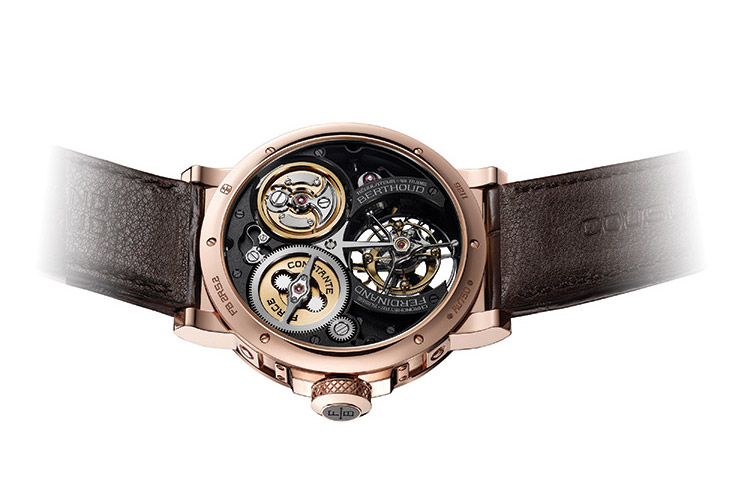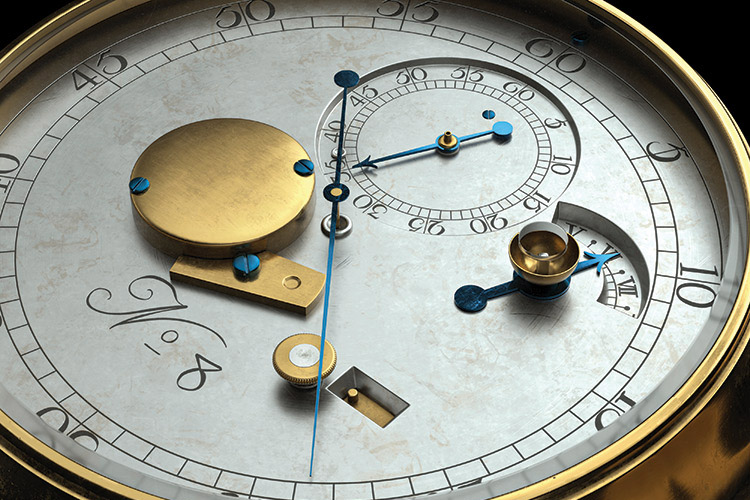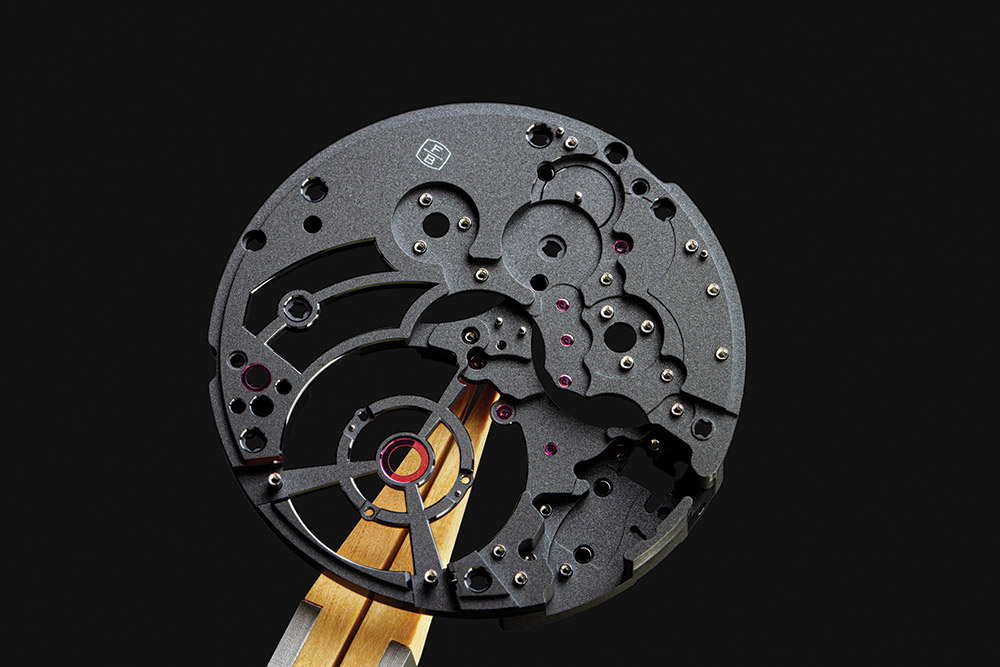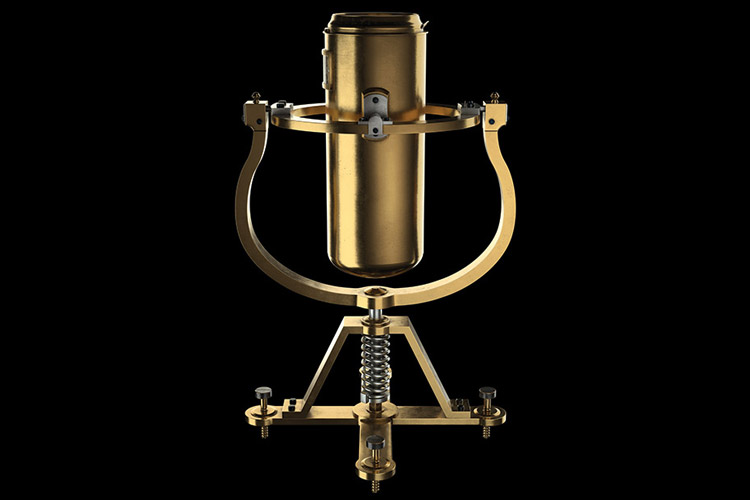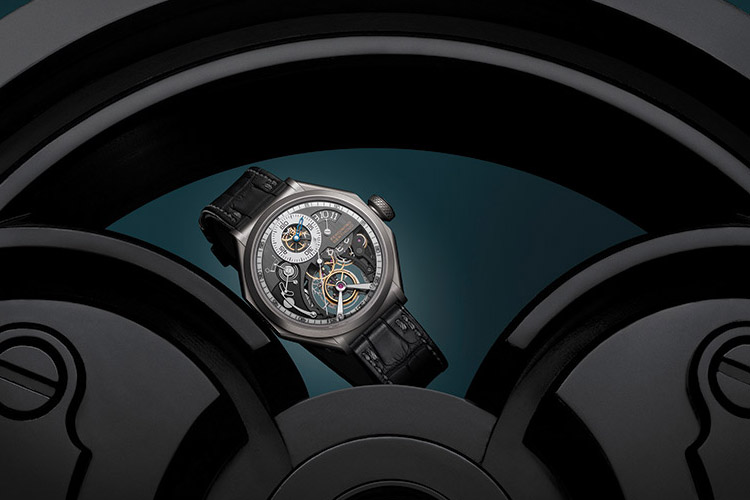
Heralding a new approach for Chronométrie Ferdinand Berthoud, their new Régulateur Squelette movement will be produced and housed in a choice of round or octagonal cases. There will be only 20 examples of the calibre FB-T.FC-RS with tourbillon and fusee-and-chain transmission, thus enabling collectors to appreciate the rarity of precision mechanics while choosing the case design that suits them best
It would have been inconceivable, almost three centuries ago, for someone to acquire a pocket watch or clock not entirely made to match one’s personal taste. Over time, this consideration gradually ebbed away, replaced by standardisation as watches became widely distributed products. Nonetheless, this approach, which enabled watchmaking to flourish in an unprecedented way, does not fully correspond to the spirit of Chronométrie Ferdinand Berthoud.
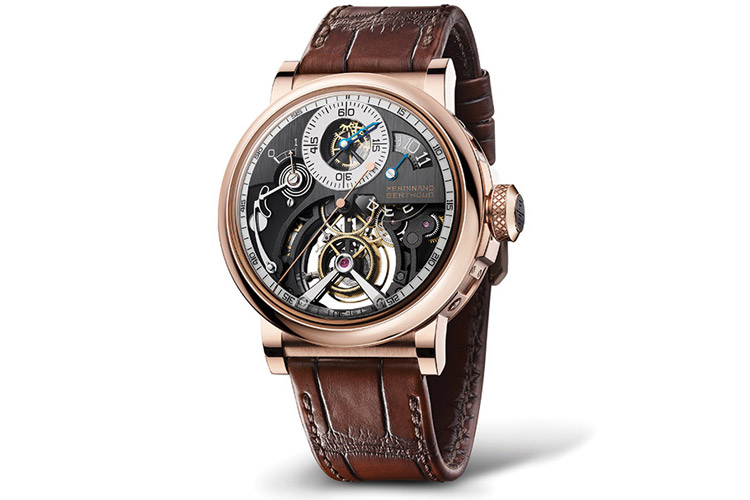
A limited-edition movement
In a bid to strengthen ties with the original inspiration of its founder, Ferdinand Berthoud (1727-1807), the manufacture bearing his name is introducing an evolved version of its business model: as of now, Chronométrie Ferdinand Berthoud will communicate the total number of units for each inhouse-made calibre.
With the primary objective of safeguarding collectors’ interests, the marque will be explicitly specifying a pre-determined number of movements, and engage in a fully transparent procedure. The brand perceives collectors to be as sensitive to the rarity of their timepiece as they are to that of the calibre powering it. By communicating about both, the manufacture is placing watch movements and customers firmly front and centre, thus preserving the integrity of their collection.
This new mindset is embodied by a first creation: the Régulateur Squelette FB RS, a new model based on the FB-T.FC-RS calibre. For the first time, Chronométrie Ferdinand Berthoud has announced that the production of this movement will be strictly limited to 20 in all.
This approach reinforces the determination expressed from the very beginning of the manufacture: to produce only an extremely limited number of timepieces each year. In view of the chronometric and aesthetic requirements, as well as the inevitably lengthy development time inherent to each new creation, Chronométrie Ferdinand Berthoud is thus reaffirming its resolve to achieve absolute excellence, a goal necessarily implying limited production.

First skeleton movement
The FB-T.FC-RS calibre is the first skeleton movement produced by the manufacture. This regulator-type chronometer movement with tourbillon and fusee-and-chain transmission is the result of comprehensive technical and aesthetic development and is inspired by Marine Clock No. 8, produced by the master-watchmaker in Paris in 1768. Through the opening visible at 2 o’clock, a large-diameter sapphire disc indicates the hours, while minutes are read off on the dial offset to 12 o’clock. The seconds are displayed on a flat sapphire inner bezel ring surrounding the dial.
The bridges have been entirely designed to ensure an admirable view of the choreography performed by the imposing tourbillon carriage appearing on the dial side. Many components feature black PVD coating, alternating with polished, matt, vertical satin-brushed and sandblasted finishes. The tourbillon bridge visible on the dial side is in itself a tour de force, with its mirror-polished and chamfered surfaces, polished flanks, and sandblasted underside. The decoration alone of each movement thus requires dozens of different craftsmanship skills. Nearly a year of trials was needed to achieve this level of finishing, enabling the complexity of this new movement on the dial side to be fully admired for the first time.
The FB-T.FC-RS calibre features a pillar-type structure in which the barrel and the reverse fusee are both suspended and patented. This fusee-and-chain transmission mechanism is inspired by that of Ferdinand Berthoud’s marine chronometers. It ensures the distribution of energy by delivering “constant force” to the tourbillon with its direct-drive seconds. This novel construction is the third patent to be filed.
Finally, the fourth patent applies to the power-reserve indicator. Visible on the case-back side, a suspended truncated cone moves up and down along an arbor connected to the barrel. A feeler spindle in the form of a mobile arm tipped with a watch jewel reflects the state of wind of the barrel thanks to its position on the cone. It transmits the information to the power-reserve hand on the dial side by means of flat levers and a spiral spring.
Like all Chronométrie Ferdinand Berthoud movements, the FB-T.FC-RS calibre is officially chronometer-certified and was submitted to the Fleuritest during its development phase.

One movement, two cases
The choice of watch exterior – from among the various combinations offered by Chronométrie Ferdinand Berthoud – will be left to the collector. Henceforth, the Manufacture will be offering two variations: the FB 1RS.6 with an octagonal case in carburised stainless steel and the FB 2RS.2 with a round case in 18-carat rose gold. This carburised steel has had its molecular structure reinforced, making its surface (1200 Vickers) extremely resistant to scratches and corrosion. The gold is of certified ethical origin.
This approach is in line with the quality-driven vision adopted since the start of the Manufacture in 2015. The two successive awards at the 2019 and 2020 editions of the Grand Prix d’Horlogerie de Genève in the “Chronometry” category have demonstrated the reliability and precision of its timepieces. Through this new initiative, Chronométrie Ferdinand Berthoud thus confirms its desire to exceed collectors’ expectations by offering the unprecedented possibility of choosing the case shape.
